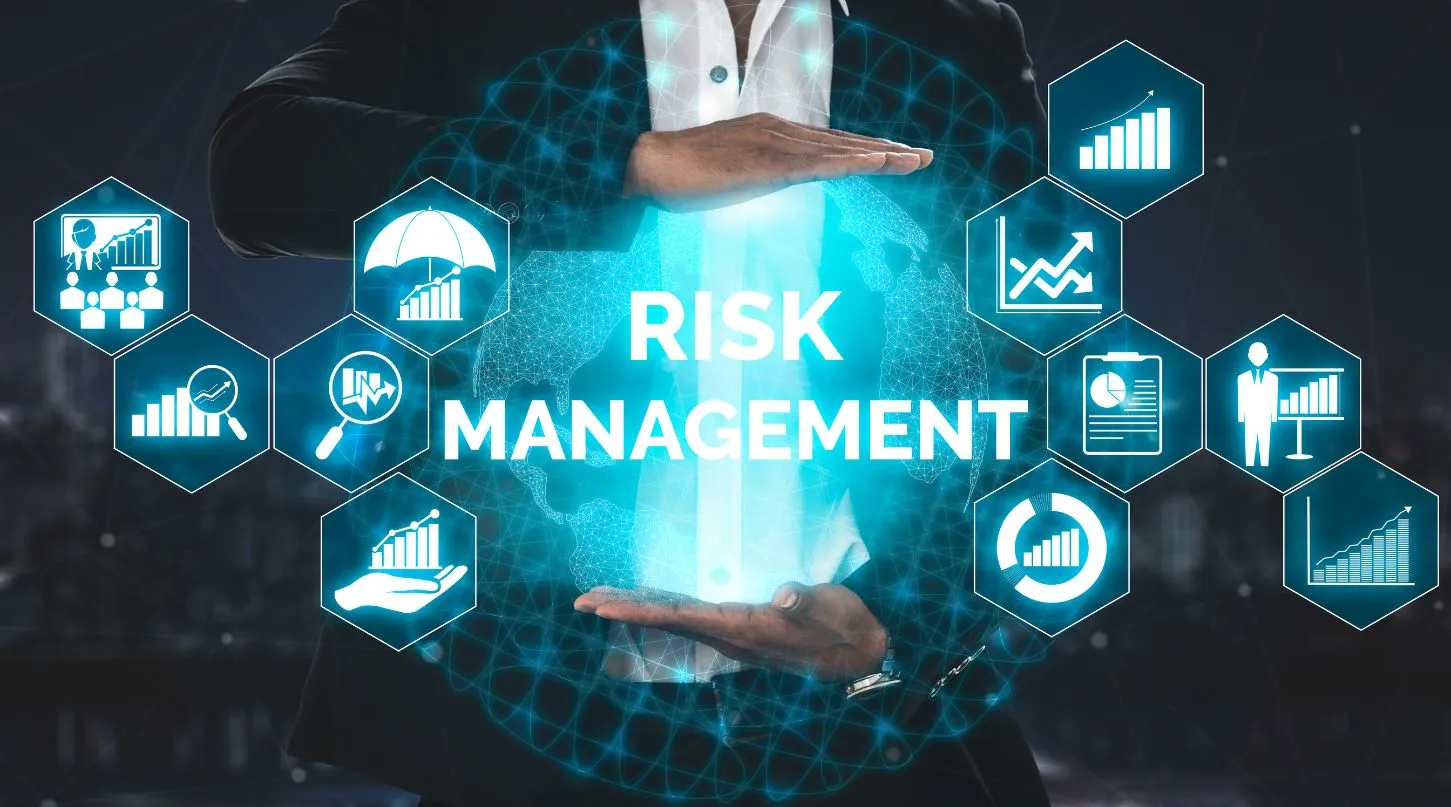CARTA is a security technique that emphasizes continuous and adaptive evaluation of risks and trust levels. To clarify, CARTA is an IT security architecture that surpasses the limitations of standard Role-Based Access Control (RBAC). Integrating Attribute-Based Access Control (ABAC) allows for ongoing, contextually aware evaluation of security in real-time.
CARTA Framework was first announced by Gartner in 2010. It seeks to provide a more agile security strategy compared to conventional methods by continuously monitoring and adapting to environmental changes.
The system continuously evaluates threats and trust levels across all systems and data sources, and adjusts its security mechanisms appropriately based on this knowledge. This implies that it has the ability to promptly detect and react to emerging risks, rather than waiting for assaults to occur and then attempting to fix them after the fact.
Why Is Role-Based Access Control (RBAC) Inadequate?
RBAC may be complex due to the challenge of effectively managing rights and constraints. Additionally, some limitations of RBAC may be succinctly described as:
- The security paradigm is static and lacks adaptive security capabilities.
- Configuring access, transaction, and data field level controls with policy requirements is not easily achievable.
- A far less effective method for identifying potential dangers and irregularities.
Gartner advocates for a strategic approach called “continuous adaptive risk and trust assessment” instead of only relying on static controls. The primary objective of the CARTA framework is to provide uniformity in agility, facilitate contextual awareness, and exploit adaptive security technology. This framework aids enterprises in enhancing security measures and using automation to achieve ongoing progress.
How CARTA Works
Context cannot be used while making judgments on classic block/allow security systems. Solutions also lack the capacity to assess real-time data and cannot accommodate workforce mobility. The block and allow security technique may provide a greater risk since it inherently places faith in all people or devices that have been granted access to the network. Failure to reevaluate unregistered or compromised users might have negative consequences, such as the potential for zero-day attacks, insider threats, or other risks resulting from compromised credentials.
The Continuous Adaptive Risk and Trust Assessment (CARTA) is designed to assist in making well-informed judgments on risks and ways for mitigating them.
Key Components of CARTA
Data Collection: It gathers data from many sources such as sensors, devices, networks, and individuals, and then examines the data to detect potential threats.
Identification:
CARTA employs data analytics to promptly detect hazards, including the identification of possible threats and vulnerabilities in people, devices, and systems.
Assessment:
After identifying hazards, CARTA evaluates their severity and decides on the most effective approach to reduce or eliminate them.
Mitigation:
The advice provided aim to reduce risks and may include implementing policy or procedural modifications, providing personnel training, or using security technology.
The significance of CARTA resides in its ability to provide enterprises a systematic approach to actively and consistently evaluate and control cyber threats. Additionally, it fosters trust within a company by detecting and addressing possible risks and weaknesses. Furthermore, Continuous Adaptive Risk and Trust Assessment may assist a company in establishing a standard level of acceptable risk and guaranteeing that its cybersecurity position is in accordance with its business goals.
Comparison: CARTA vs. Zero-Trust
CARTA consistently assesses and analyzes all users and devices, and based on the surrounding circumstances, it determines access permissions. The concept originates from the Zero-Trust framework, which promotes the notion that no person or device should be considered trustworthy, regardless of their presence on your network. Companies using zero trust security take extensive measures to guarantee that only authorized access is provided to crucial assets. In order to start this procedure, it is crucial to provide priority and safeguard sectors that are at a greater risk, such as supply chains, contractors, temporary staff, and critical networks. This first measure helps mitigate the danger of attackers using accounts that may have lower visibility or security measures.
According to this notion, an organization begins with a zero-trust approach in order to determine the level of security protection it needs. The necessary degree of security relies on the specific data that requires protection, the duration for which it has to be safeguarded, and the individuals that need access to it. If more control or limitations are needed to fulfill certain business needs, it is possible to provide a distinct degree of trust and verification to a micro-segment or individual asset.

